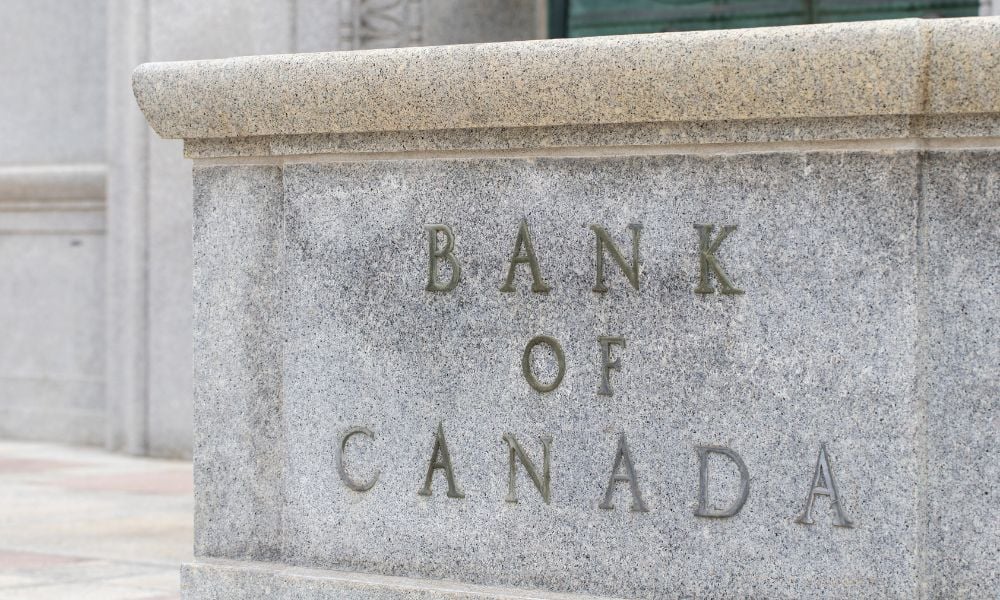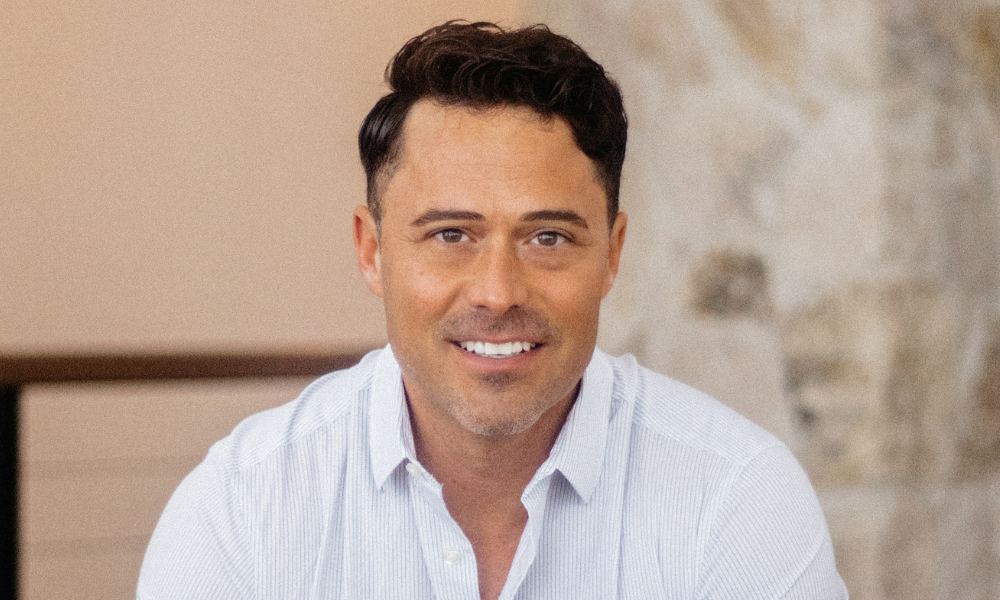Manulife Investment Management on tailoring fixed income solutions based on the phase of its life

This article was produced in partnership with Manulife Investment Management
In late 2022, following one of the worst years in history for fixed income investors, Manulife Investment Management’s Capital Markets Strategy team developed a framework for understanding the anticipated shifts in the fixed income market, which they segmented into three phases.
The recent economic data indicating slower growth coupled with persistent inflation has added another layer of complexity. These conditions typically lead to a cautious approach from investors, who rely on bonds for income generation and risk mitigation.
The disruption of traditional bond roles
Traditionally, fixed income assets have played the dual role of offering stable returns and acting as a protective buffer against equity market downturns. This role is predicated on the negative correlation between bond prices and stock prices; typically, when stocks fall due to market turmoil, bonds rise.
Yet, 2022 challenged this fundamental principle profoundly. As interest rates climbed rapidly, bond yields soared, leading to a steep decline in bond prices. This simultaneous drop in both equities and fixed income assets left investors grappling with increased portfolio volatility and reduced effectiveness of traditional diversification strategies.
Given the uncertainty, Kevin Headland co-chief investment strategist at Manulife Investment Management and fellow co-chief investment strategist Macan Nia, find it is crucial to understand not only the phases of fixed income investing, but which phase the market is currently in.
The three phases
Kevin Headland details, the first phase, termed the “sweet spot,” focused on capitalizing on the unusually high yields that had not been seen since the great financial crisis. This phase was characterized by the opportunity to clip the coupon, as the price declines of 2022 led to higher yields, creating a favorable environment for generating yield.
The second phase, “embrace duration,” revolved around the expectation that central banks would soon cut interest rates, an action that would lower the entire yield curve. The mathematics of duration, which benefits investors when yields decrease, prompted the strategy, Headland explains, to extend duration in the portfolio during a weakening economic cycle, thus maximizing returns while adding safety.
The third phase involves capitalizing on economic downturns – taking on risk. As the economy approaches the bottom of the cycle, high yield spreads widen, reflecting the market's increasing concern over default risks. This dislocation presents an opportunity for investors to assume greater risk at attractive prices. As the market recovers and spreads begin to narrow, significant returns can be generated, particularly in riskier asset classes. At this stage, the strategy shifts focus from safer, longer-duration bonds to shorter-duration and lower-quality corporate credits, adjusting the portfolio to capture potential upsides as conditions improve.
Finding our place
Nia emphasizes the importance of adopting a regional perspective rather than viewing the global economy as a uniform entity. Currently, there's a phenomenon of either synchronization or desynchronization in economic growth patterns across different areas.
“For instance, in the United States, we find ourselves navigating between what might be considered phase one and phase two of economic recovery,” Nia points out, “However, it remains uncertain how swiftly we can transition from phase two to phase three. The U.S. economic data presents a mixed picture: for every three bullish arguments, there are also three bearish counterarguments, indicating a balanced yet uncertain outlook. We generally perceive the U.S. as entering phase two.
“In contrast, regions like Canada and Europe appear to be more firmly entrenched in phase two. This difference is also reflected in central bank policies. Canadian and European central banks are likely more inclined to begin reducing interest rates sooner than the U.S., where rate cuts might not be anticipated until the end of the year. This divergence underscores the importance of considering regional economic conditions and central bank strategies when analyzing the global economic scenario.”
Headland echoes the sentiment saying, “Rather than a clear transition from phase one to phase two, we are currently navigating elements of both phases at once. This situation highlights the need for adaptable fixed income investment strategies. The complexity of the current economic environment exceeds that of typical cycles, demanding a more refined approach to managing transitions.”
The ability to adapt to different parts of the economic cycle is crucial. Currently, investors might prefer a focus on quality, but as potential weaknesses emerge, there's an opportunity to shift towards riskier fixed income assets.
The patient investor
Volatility in the bond market presents a significant challenge for investors, requiring even greater patience. To illustrate with a Canadian example, Nia points to last year. Canadian bonds, as measured by the index universe, increased by 6.7 percent.
However, as Nia highlights, missing the best five trading days out of over 250 in the year would have reduced returns from 6.7 percent to just 0.7 percent. A similar pattern is observed in the U.S. and globally, where missing key days can even result in negative returns.
As 2024 began, bond investors started to see their patience pay off, with yields spiking early in the year. However, this increase also led to disenchantment among even the most patient investors, as the challenging aspects of fixed income investment became more apparent. Despite these difficulties, Headland maintains, fixed income remains a valuable asset class. Currently, yields are significantly above their long-term averages, and bond prices are below par across various investment vehicles—a situation Headland says, we haven't seen in some time.
Recall the last decade in Canada, for instance, investors were reaching for any available yield, often paying above par to secure it. Now, with yields still high but prices below par, there's hesitancy to engage, driven by recent market volatility.
It's crucial, especially in bonds, to look forward rather than dwelling on the past. The present conditions might represent the opportunities investors have been seeking in the fixed income space, despite the understandable fears stemming from recent experiences.
Important disclosure
Sponsored by Manulife Investment Management, as of May 2024. Diversification does not guarantee a profit nor protect against loss in any market.
Commissions, trailing commissions, management fees and expenses all may be associated with mutual fund investments. Please read the fund facts as well as the prospectus before investing. Mutual funds are not guaranteed, their values change frequently, and past performance may not be repeated.
Investing involves risks, including the potential loss of principal. Financial markets are volatile and can fluctuate significantly in response to company, industry, political, regulatory, market, or economic developments. These risks are magnified for investments made in emerging markets. Currency risk is the risk that fluctuations in exchange rates may adversely affect the value of a portfolio’s investments. The information provided does not take into account the suitability, investment objectives, financial situation, or particular needs of any specific person. You should consider the suitability of any type of investment for your circumstances and, if necessary, seek professional advice.
This material, intended for the exclusive use by the recipients who are allowable to receive this document under the applicable laws and regulations of the relevant jurisdictions, was produced by, and the opinions expressed are those of, Manulife Investment Management as of the date of this publication, and are subject to change based on market and other conditions. The information and/or analysis contained in this material have been compiled or arrived at from sources believed to be reliable, but Manulife Investment Management does not make any representation as to their accuracy, correctness, usefulness, or completeness and does not accept liability for any loss arising from the use of the information and/or analysis contained. The information in this material may contain projections or other forward-looking statements regarding future events, targets, management discipline, or other expectations, and is only as current as of the date indicated. The information in this document, including statements concerning financial market trends, are based on current market conditions, which will fluctuate and may be superseded by subsequent market events or for other reasons. Manulife Investment Management disclaims any responsibility to update such information.
Manulife Funds are managed by Manulife Investment Management Limited. Manulife Investment Management is a trade name of Manulife Investment Management Limited.
Manulife, Manulife Investment Management, the Stylized M Design, and Manulife Investment Management & Stylized M Design are trademarks of The Manufacturers Life Insurance Company and are used by it, and by its affiliates under license.



